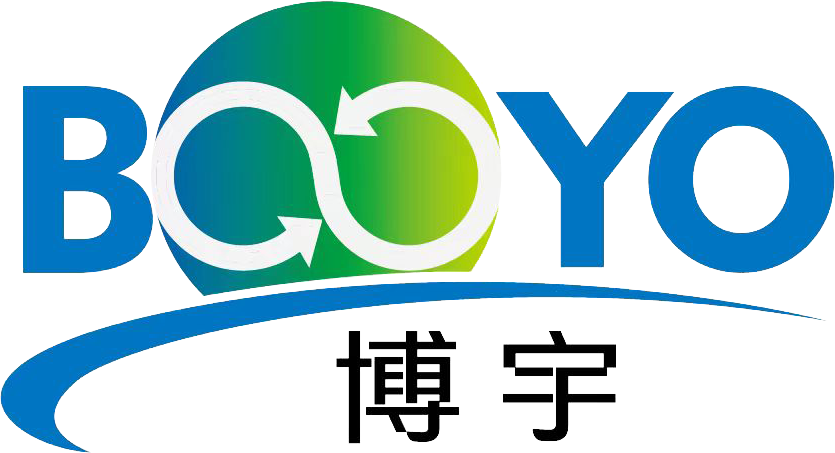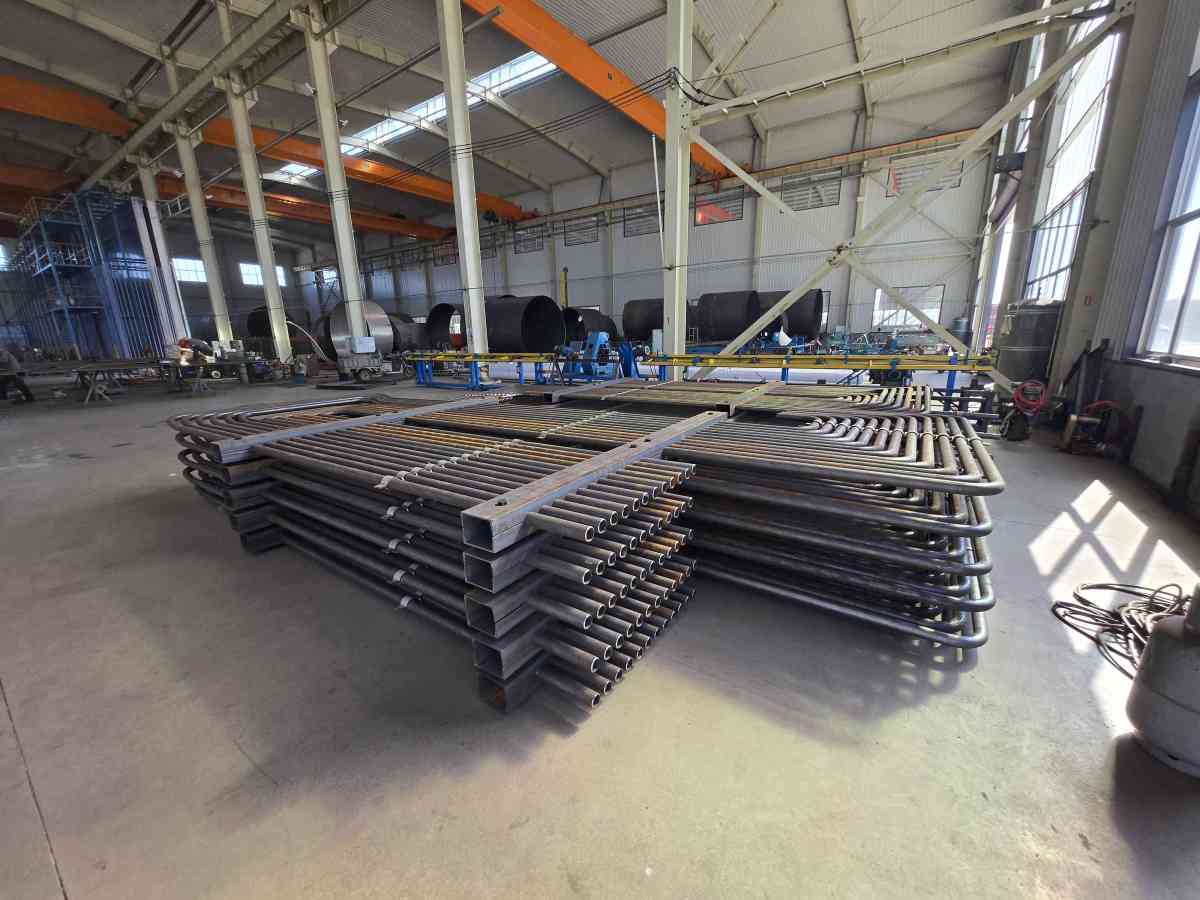
Our News
Find out about our latest news here.
Latest News
- ▶ Applications of Shell & Tube Heat Exchangers in MEG Packages (Monoethylene Glycol Systems)
- ▶ High-Efficiency Surface Condenser Solutions:
- ▶ Health, Safety and Environment (HSE) Policy
- ▶ Conflict-of-Interest Policy
- ▶ Can a Welded Spiral Heat Exchanger Solve Fouling and Blockage Problems?
- ▶ Anti-Bribery and Corruption (ABC) Compliance Policy
Message

1. Introduction: Why Heat Exchanger Tube Bundles Matter
In today’s industrial world, where energy efficiency and carbon reduction are crucial goals, the performance of heat exchange systems directly impacts production costs and sustainability.
At the heart of these systems lies a critical component — the heat exchanger tube bundle.
From power plant boilers to coking, metallurgy, and chemical processes, tube bundles serve as the essential medium that transfers heat from high-temperature flue gas to water or steam, enabling energy reuse and system optimization.
A well-designed and precisely manufactured tube bundle not only improves heat transfer efficiency but also ensures safety, reliability, and longevity of the entire system.
This article explores the advantages, types, manufacturing process, applications, and selection guide for heat exchanger tube bundles — the true core of efficient thermal systems.
2. Key Advantages of Heat Exchanger Tube Bundles
Choosing high-quality tube bundles offers numerous operational and economic benefits:
1. Superior Heat Transfer Efficiency
The compact arrangement of bent tubes maximizes the heat transfer area, allowing more effective energy exchange between flue gas and working fluid.
2. Outstanding Structural Strength
Manufactured from high-temperature, high-pressure alloy steel, the bundles can withstand thermal stress and pressure cycles under demanding operating conditions.
3. Excellent Corrosion and Erosion Resistance
Using materials such as 20G, TP347H, or SA-210C, along with surface treatments, ensures long-lasting durability even in high-dust, corrosive environments.
4. Modular Design
Modules are fabricated in standard panels for easy transportation and on-site assembly, minimizing installation time and costs.
5. Easy Maintenance and Long Service Life
Optimized weld layouts and uniform fluid distribution reduce stress concentration, extending the operational lifespan of the equipment.
3. Main Types of Tube Bundles (By Function)
1. Water Wall Panel
Installed around the furnace of a boiler, water walls absorb radiant heat and convert water into steam.
Features:
Even heat absorption and high thermal efficiency
Reduced refractory use and heat loss
Compact structure with strong mechanical integrity
2. Superheater Tube Bundle
Used to heat saturated steam into superheated steam, improving efficiency and turbine performance.
Features:
Made of high-temperature, corrosion-resistant alloys
Wavy tube arrangements for increased heat transfer area
Widely used in power plant and waste heat boilers
3. Economizer Tube Bundle
Recovers residual flue gas heat to preheat boiler feedwater, reducing fuel consumption.
Features:
Constructed with carbon steel or low-alloy steel
Typically located at the boiler flue gas outlet
Optional finned tube design for enhanced performance
4. Evaporator & Reheater Tubes
Used to vaporize liquid medium or reheat used steam for reuse in high-temperature processes such as chemical plants, coking, and waste heat recovery systems.

4. Manufacturing Process
High-quality tube bundles result from precision manufacturing and strict quality control.
The main production steps include:
1. Material Preparation and Cutting
Tubes are selected according to design parameters and precisely cut using CNC equipment to ensure dimensional accuracy.
2. Tube Bending
CNC bending machines form consistent curves with no wall thinning, wrinkles, or cracks — ensuring a uniform radius and stable flow characteristics.
3. Welding and Assembly
Performed with automatic submerged arc welding (SAW) and TIG welding;
100% weld inspection (RT, UT, PT) guarantees integrity;
All welders are certified and procedures follow approved WPS standards.
4. Hydrostatic and Leak Testing
Each assembled module undergoes hydrostatic testing at 1.5 times the design pressure to ensure sealing and structural safety.
5. Surface Treatment
Surfaces are sandblasted to Sa2.5 standard and coated with high-temperature corrosion-resistant paint or passivated for stainless steel.
5. Quality Assurance and Certifications
Manufacturing follows international standards to ensure consistent quality and traceability:
Standards: GB 151, ASME Section I & VIII, EN 13445
Certifications: ASME “U” Stamp, ISO9001 Quality System
Testing: Full traceability covering welding, NDT, heat treatment, and dimensional verification
Team: Skilled welders and certified inspection engineers ensure every product meets design requirements
This commitment to excellence guarantees safe, reliable, and efficient operation across all applications.
6. Application Fields
Heat exchanger tube bundles play a vital role in various industries:
Power Generation: Boiler water wall, economizer, and superheater systems
Coking Industry: Coke dry quenching (CDQ), primary cooling systems
Metallurgy & Chemical: Waste heat boilers, flue gas recovery units
Environmental Protection: RTO/RCO units and high-temperature exhaust recovery systems
Energy Engineering: Biomass boilers, gasification units, and heat recovery installations
By enabling effective waste heat utilization, tube bundles help enterprises reduce fuel costs and achieve greener, more efficient production.
7. How to Select the Right Tube Bundle
When designing or purchasing a heat exchanger tube bundle, consider the following factors:
Medium Properties: Corrosiveness, dust content, temperature, and pressure
Heat Transfer Requirements: Required area, flow rate, and temperature difference
Installation Space: Layout constraints and connection interfaces
Material Selection: Choose between carbon steel, stainless steel, or alloy steel based on conditions
Maintenance Convenience: Ease of cleaning and replacement
Compliance: Ensure the design meets ASME, GB, or EN standards
Providing these details to your supplier ensures accurate design proposals and quotations.
8. Installation and Maintenance
Installation
Ensure a stable foundation and proper alignment during lifting and assembly
Conduct pressure and leak tests after installation
Use certified welders and verified procedures for on-site connections
Maintenance
Regularly inspect weld seams and headers for leaks or deformation
Remove soot and deposits to maintain heat transfer efficiency
Reapply protective coatings periodically for long-term corrosion resistance
9. Conclusion
Heat exchanger tube bundles are the backbone of every thermal energy system.
They determine how efficiently energy is utilized and how safely equipment operates.
Through continuous innovation, precision manufacturing, and strict quality control,
ASME-certified manufacturers are providing customized, high-performance tube bundles
that drive industries toward low-carbon, efficient, and sustainable production.
PROFESSIONAL CONSULTATION
If you are interested in our products and want to know more details, please leave a message here, we will reply you as soon as we can.